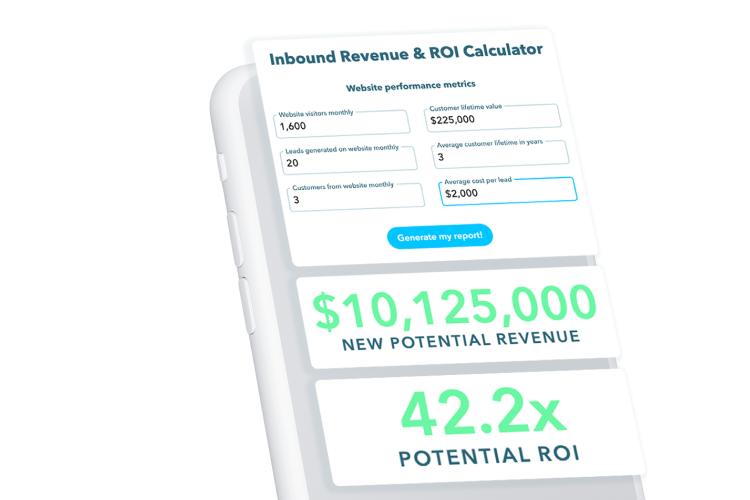 1579 Views
1579 Views  4 min read
4 min readThe many types of customers in EdTech (trainees, schools, instructors, education policymakers, etc.) need marketers to establish customized approaches for each of them to best address their respective needs. Developing a national education technology plan for marketers is critical to gaining traction. It’s undeniable that all these groups are embracing the digital education trend and the blended learning market. (Solutions that consist of both conventional class and online learning.) Digital education is projected to grow 98% by 2020 as reported by the University of Wisconsin. Here are some critical Inbound Marketing tools to help you attract customers in search of high-quality educational content.
The figures speak for themselves. 92% of teachers says that the internet has a major impact on their access materials for teaching. 69% of teachers state that the internet is having a substantial impact on their capability to share concepts with other instructors. (Pearson Research) Your blog becomes another door to your website along with your home page. If you put up useful content often, your audience will grow. Just remember a few appropriate precautions :
Social media helps you create a community of followers who believe in your technology and will likely get the word out about it. Where will this occur? On your blog and your social networking accounts: LinkedIn, Twitter, Facebook and even Instagram and Pinterest once you’ve mastered the art of content development. It’s a good idea to release relevant, shareable content regularly about EdTech or your specific field of know-how (Classroom management tools, eLearning solutions, educational socials media, etc.) even if it is sharing a link to another site’s article with an insightful comment. With 80% of K-12 teachers using social media personally and professionally, this is definitely a few minutes worth spending according to the University of Phoenix.
Keep in mind that you’re offering an item or a service that is expected to improve your customer’s lives. The whole point of Inbound Marketing is to allow consumers to come to you as soon as they have discovered for that the content that you have been releasing has been useful to them. Ask yourself these questions before posting:
When it comes to following and understanding the latest paradigm in EdTech, your consumers require clear literature and will be interested in downloading any informative eBook or white paper on the subject; especially if they are complimentary. Make sure that prospective consumers submit a user-friendly form in addition to downloading your products so that you can gather informative metrics on your target audience. You can also then take part in email marketing with these possible clients who willingly offered you their contact information and consider you as a trustworthy source. Keep in mind that because you’re dealing with various types of clients, segmentation is a more effective than a typical technique for transforming site visitors into email customers. Segmentation is an approach in which each group just receives pertinent messages and will feel that your business is devoted to getting more information about their particular requirements. An excellent example of this segmentation approach is the Khan Academy site which permits instructors and parents to access personalized content. According to the McKinsey & Company consulting firm they found that “email is almost 40 times better at acquiring new customers than Facebook and Twitter<” Ultimately, this approach needs to be a part of your sales process.
